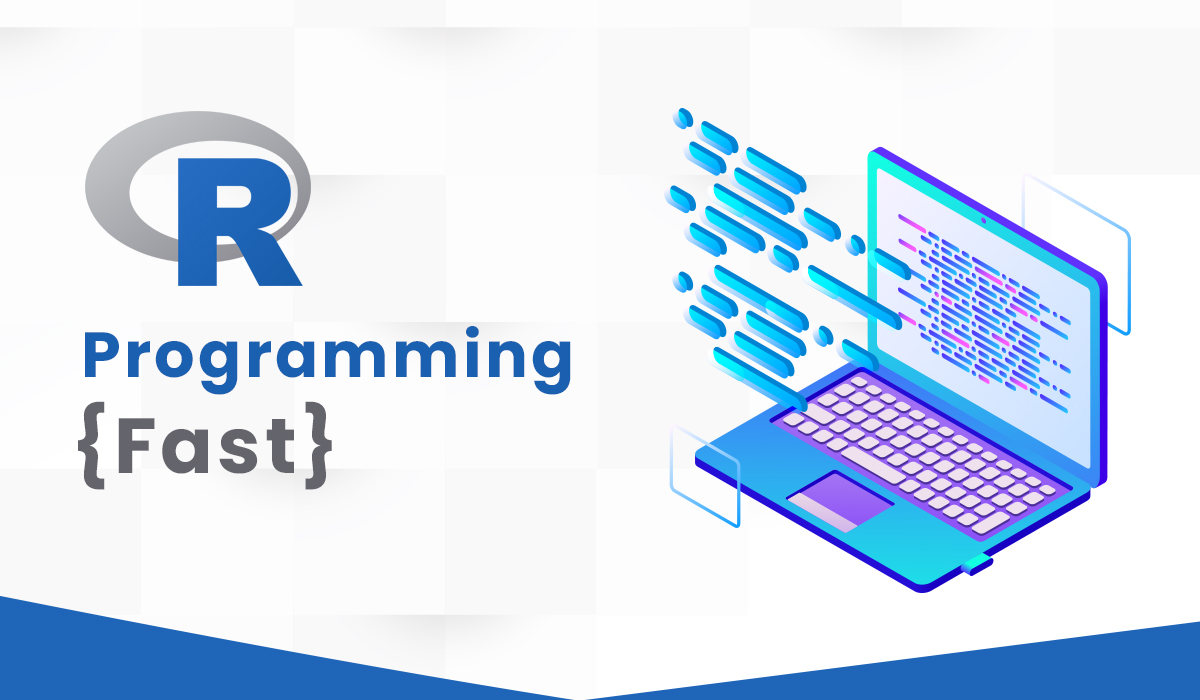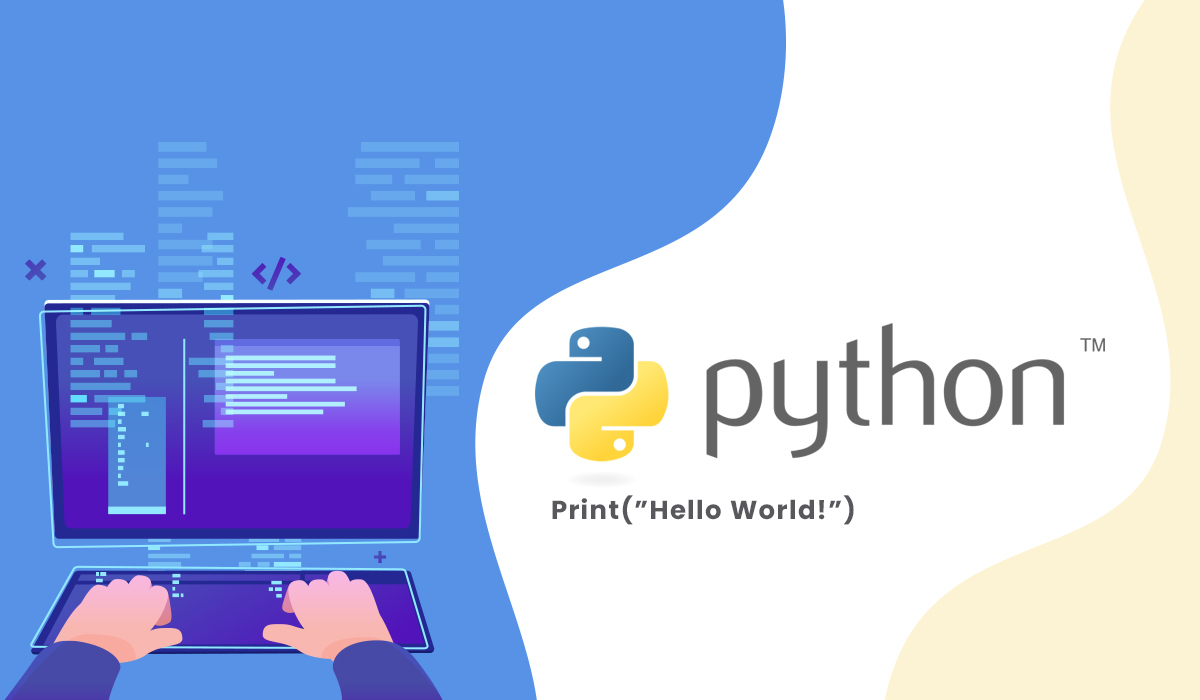Being a techie, you must be familiar with a few popular programming languages. And when it comes to data analysis, choosing between R and Python is a hell of a task. These both are among the most powerful open-source programming languages, which are primarily used in the data analytics nowadays. Reason being, these both are quite simple, free and are apt even for a fresher to work on. This, however, creates a dilemma for beginners to whether they should learn Python or R for data science. Though here in this article, we will provide you with both the programming languages and their uses. This will help you prioritise to learn python of R for data analysis. So, here we go!
R Language

It has been more than two decades of the existence of R language and over this period of time, R has earned a huge respect in the field of data analysis. Owing to its rich ecosystem, packages and data library, it has become among the prime choices of developers for statistical analysis. Apart from that, what makes the R stand out of the other statistical languages is its amazing tools and ability to give the best output.
Along with that, it has a large community that provides a great supporting system. These communities are a great help for those who have questions regarding the uses of R language. In addition, you can also download thousands of publicly available packages to use with R that makes it much more proficient.
Python Language

If you are wondering that what is python used for, so let me tell you that Python has the ability to perform almost all the tasks that are possible with the R language. Owing to its limited data analysis and machine learning libraries, there was a time when Python wasn’t able to catch up with the pace of other languages. However, this is not the case now! Today, when it comes to counting the Python uses, you will find ample of reasons for using the Python programming language. Some of the best features Python offers include its ability to read and maintain the code, multi-programming support, compatibility with all the major platforms, and a number of open-source frameworks and tools. Besides, it provides a dynamic and advanced API, which is best for the artificial intelligence, machine learning and deep learning.
R vs Python: Which is Best Language for Data Science?
Well, it has ages now that we are having the R vs Python debates on the internet and even in real life as well. While a lot of developers incline for the Python language, many others recommend R language too.
Python is a great choice for projects that require fetching the data, performing repetitive analyses and generating graphics. Python, being a general programming language, is great for coding and debugging. Another thing that makes Python better than R language is that it is easy to learn. Hence, it is the best choice for freshers on any given day!
The R language, on the other hand, is a great choice for statistical projects that require a one-shot data dump. Apart from that, it helps to write the complex statistical models using a few lines or phrases only. What makes it a good choice for data scientists and statisticians is huge community support and the ability to ease the use of complex formulas.
Python vs R: The Conclusion
You must understand that both the languages have their own set of qualities that make them stand where they are today. When it comes to manipulating the data and performing tasks in the repetitive mode, there is nothing better than Python. And, when you are working on a project that is related to the ad hoc analysis and requires to explore multiple databases, R is the language you should opt for. Both Python and R languages are quite similar and provide almost everything a developer wants from his/ her project. Today, a large number of programming tasks are feasible for the languages.
In these differences between Python and R language, there are many shared positive points that make both Python and R a good choice for programming. While we have some expensive commercial statistical software such as SAS and SPSS, both R and Python are the open-source tools and completely free to use. Before the new developments appear in any commercial platforms, they appear first in the R followed by Python. Python and R have the large communities that provide online support for their users. Hence, both R and Python are apt for your development. No matter what language you choose, both R and Python are capable enough to give you the best results. All you need to do is to select the most suitable language as per your project!

